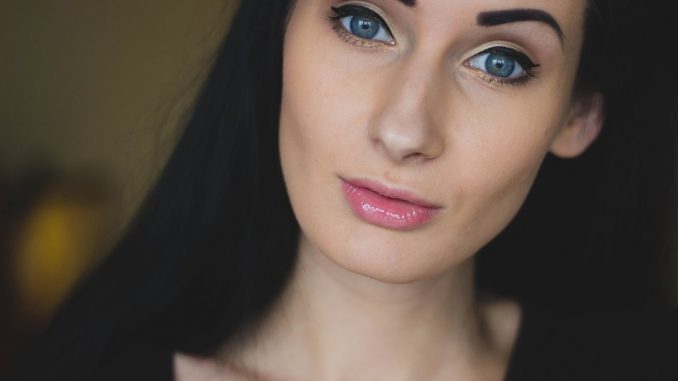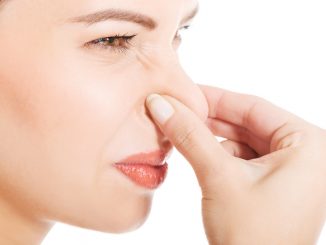
Unlike sunburn and skin tanning, which manifests within several hours and, respectively, days after sufficient exposure to ultraviolet radiation, photo-aging (or premature aging) develops gradually, over the decades. Scientists have found that most of the signs of premature aging of the skin are caused by the sun, so it is important to protect ourselves properly.
Premature aging
Photoaging is premature aging of the skin, caused by repeated exposure to ultraviolet (UV) radiation, mainly due to sun exposure, but also exposure to artificial UV sources. To better understand this concept, we must remember that photo-aging is different from the chronological aging of the skin: the harmful and devastating effects of UV radiation, from the sun or from artificial sources, with the help of which some people tan (solar), modify the structures normal skin, and so it ages prematurely.
What does the statistics on premature aging indicate?
Photoaging is responsible, experts say, for most skin problems associated with age. For adults in Europe and North America who have skin phototypes I, II and III, the prevalence of clinically detected photo-aging can reach a high level of up to 80-90%, scientists say. People with white skin and less pigmented skin have an increased risk of premature aging and developing skin cancer induced by sun exposure. In addition, time spent in the sun, throughout life, is also an important risk factor for premature aging of the skin.
So, what we should keep in mind is that, in some cases, the sun can be our enemy and can contribute to many problems. Excessive exposure to ultraviolet and visible radiation causes sunburn on the skin, and long-term sun exposure causes chronic inflammatory skin changes. Thus, researchers from abroad point out that premature aging of the skin can be responsible for up to 90% of the problems of the cosmetic nature of the skin, associated with aging.
UV rays accelerate the aging process
Numerous studies have considered the effects of ultraviolet radiation on our skin, and scientists have concluded that, most likely, both UVA and UVB radiation contribute to specific features of premature aging.
However, these are the signs of photo-aging that are talked about most in studies:
- Telangiectasias or veins in spider canvas (spider veins) that appear on the nose, cheeks and neck.
- Various pigmented spots, such as freckles, lentigo solar (also called “old age spots” or “liver spots”).
- Loss of skin tone in areas exposed to the sun.
- Due to the continuous exposure to the sun for several years, we can get more wrinkles around the eyes and around the mouth.
- Also due to long-term sun exposure, the wrinkles on the forehead become more visible
- Spots called also actinic keratosis may appear – these are red lesions, with skin with modified texture; note that these can be precancerous formations and require treatment.
The clinical signs of skin aging, researchers say, are essentially influenced by external factors, especially sun exposure. Indeed, it is no longer surprising that the exposure to ultraviolet radiation seems to be responsible for up to 80% of the visible signs of aging in the facial area.



Leave a Reply